Filipino Art Doesn’t Have to Be Traditional And Abstract Artist Keith Lapuz Proves It By Making Art That Hits Different
June 20, 2025
Written by Hanna Ysabel Noche
A Jolt of Inspiration: Where the Journey Began
As a humble sixth grader visiting the halls of the National Museum of Fine Arts in Manila, Philippines, Keith Lapuz stumbles upon Juan Luna’s Spolarium. He could not express it into words but a jolt of electricity rushed through his body– a surge of inspiration for intricate form-building, imagery, and love for art blossomed.
Born in Taguig, now a rising artist and a proud graduate of California State University, Sacramento, Lapuz channels his heritage into his symbolic works and honors his roots while pushing the boundaries of contemporary art. Through his work of color, texture, and deep personal themes, his paintings offer a fresh and compelling voice in Filipino-American art.
Early Influences & Education
Years later, the seed taken from Spolarium took root at Sacramento State University. While not known for its Art program, Sacramento State University offered something invaluable: a close-knit and passionate community of artists. It was in his environment that Keith Lapuz honed his crafts. The variety of ideas and artworks fueled his work by offering different perspectives on rendering, techniques, and concepts.
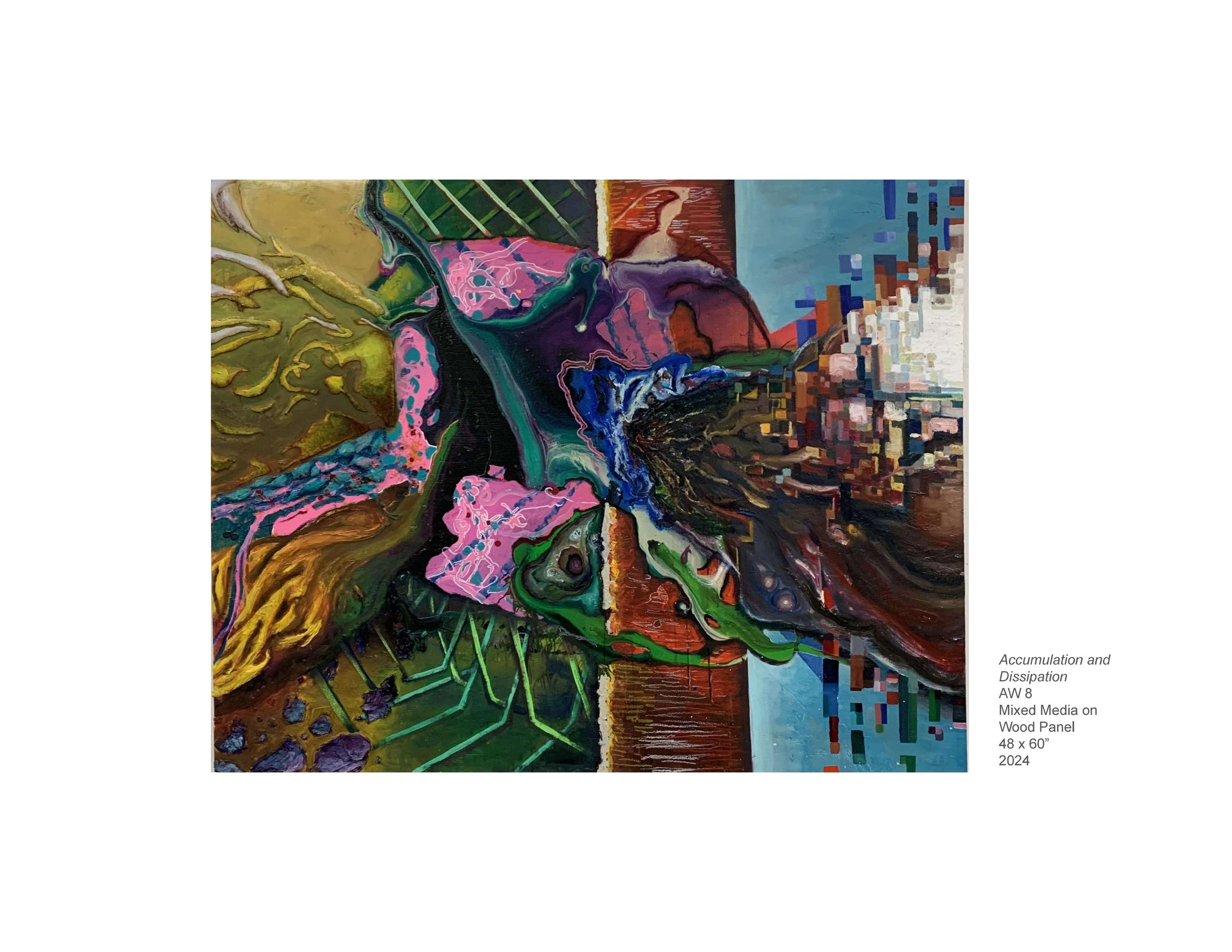
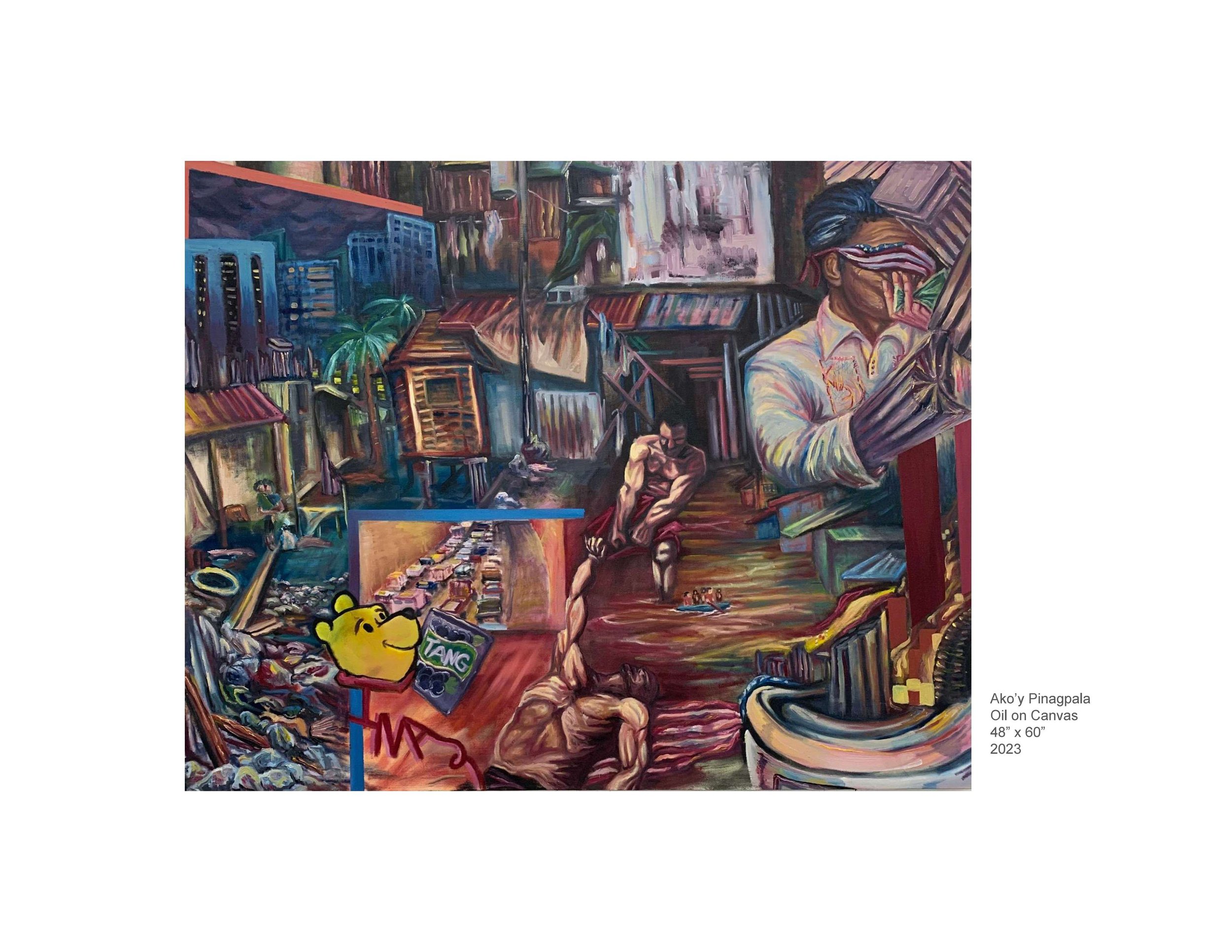
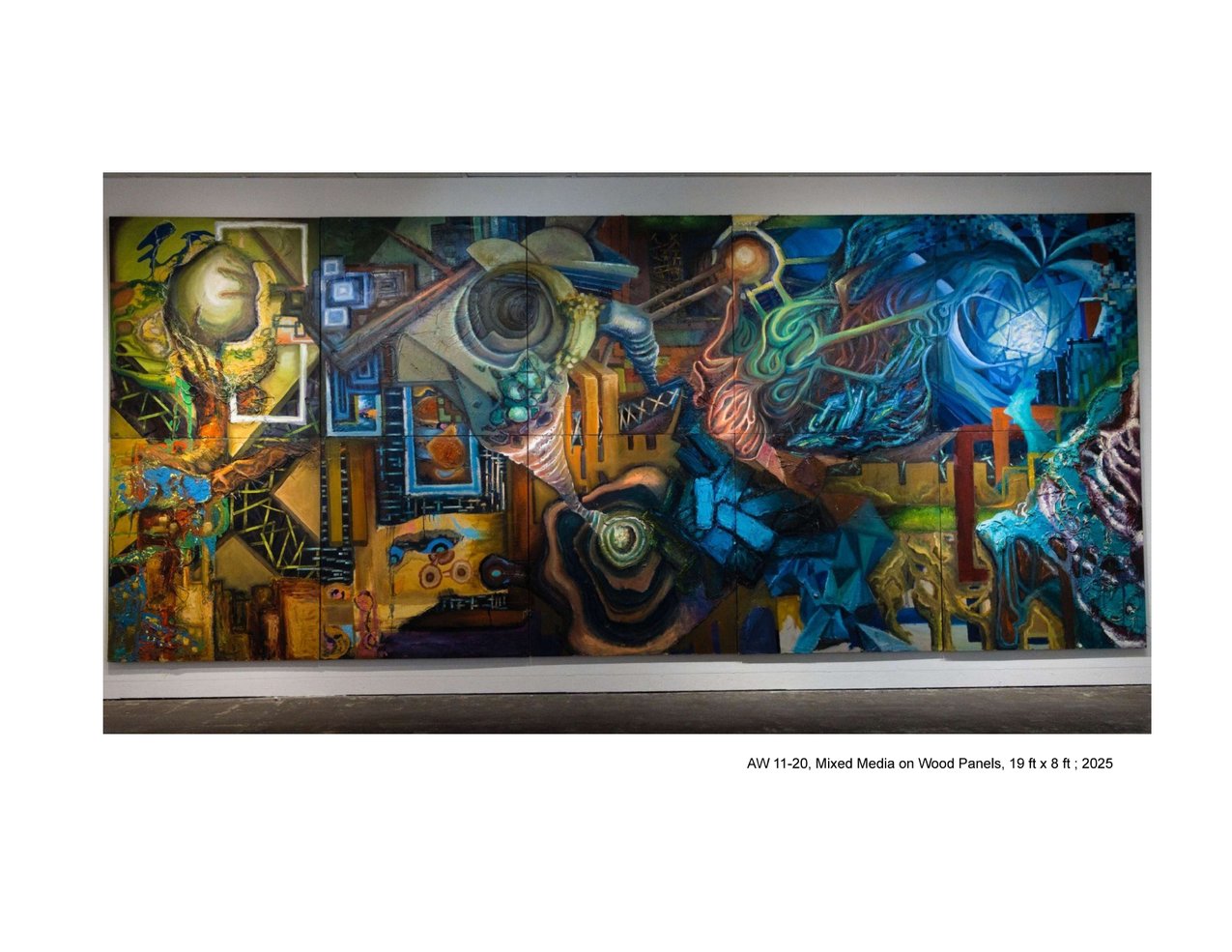
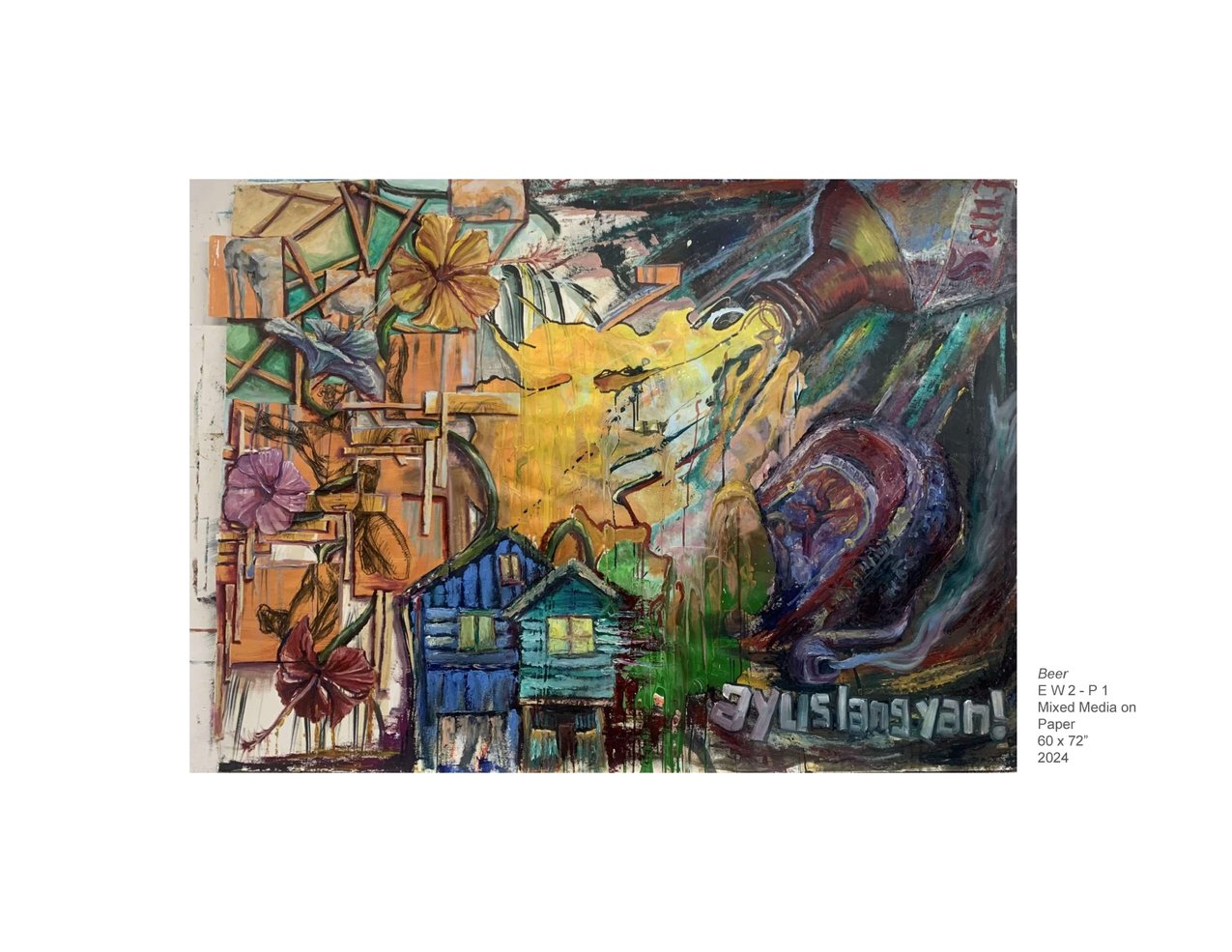
Artistic Evolution
Keith Lapuz’s artistic journey is strongly driven by curiosity and experimentation. His early work began through graphite drawings and foundational subjects like still lifes, self-portraits, and landscapes. His early works were deeply personal, many depicting meaningful places rooted from his childhood in the Philippines such as the historic Manila Cathedral, and the majestic serene beauty of Palawan and Boracay.
As he transitioned into various creative phases, his practice began to shift from representational work to layered works of symbolism. During this period, he created his most significant works, “Ako’y Pinagpala” that showcases the duality of Filipino heritage. On one hand, the richness and vibrancy of the colors encapsulate the sheer tenacity, warmth, and the Filipino people’s tendency to find beauty in the struggle. It also condemns topics still relevant for Filipinos in and out of the homeland. Topics such as colonial mindset, puppet government, poverty, and corruption. Finding a balance of both good and bad in topics with as much baggage as heritage is crucial in creating something profound, as someone’s good may be someone’s bad. He notes he found it to be his responsibility to deliver to both sides universally. Additionally, a piece that featured his playful and biting elements – a satirical take on a Filipino curse phrase, “Pooh”-Tang Ina– encompasses a political jab.
By his fourth year, Keith Lapuz touched into texture and mixed media by experimenting with abstraction while still holding on to representational cues. This brought Filipino music onto the canvas, incorporating printed lyrics from songs like “Maselang Bahaghari” by Ereaserheads, “Ere” by Juan Karlos, and tracks by Gloc-9.
However, the combination of abstract and representation created visual tension as he marked a bold shift coming into his final year of college: full abstraction. Through large-scale works like “Navigating Through the Rational and Irrational” – a 96” x 228” piece composed of 10 wooden panels – he created a unique visual system that channeled his childhood memories, individuality, and existential themes.
His phases of change did not just symbolize his artistic explorations but also a declaration of his artistic maturity. His abstract work became a vessel for expressing complex realities: of being Filipino, of growing up between cultures, and of finding structure within emotional chaos.
“The pieces in the gallery talk about how I grew as a person by internalizing my experiences with my culture, religion and different ways of coping,” Lapuz had once shared with The State Hornet during a preview at Sacremento State.
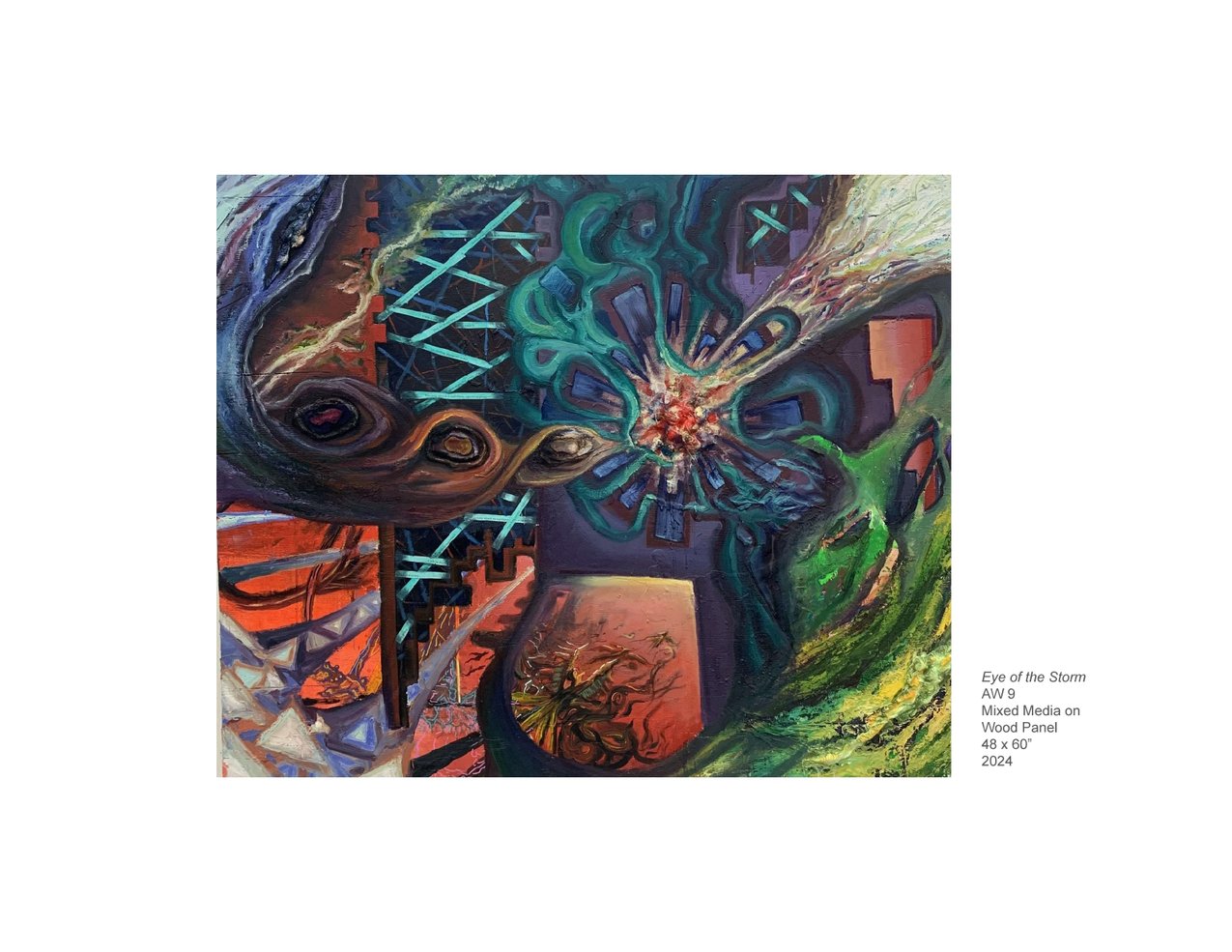
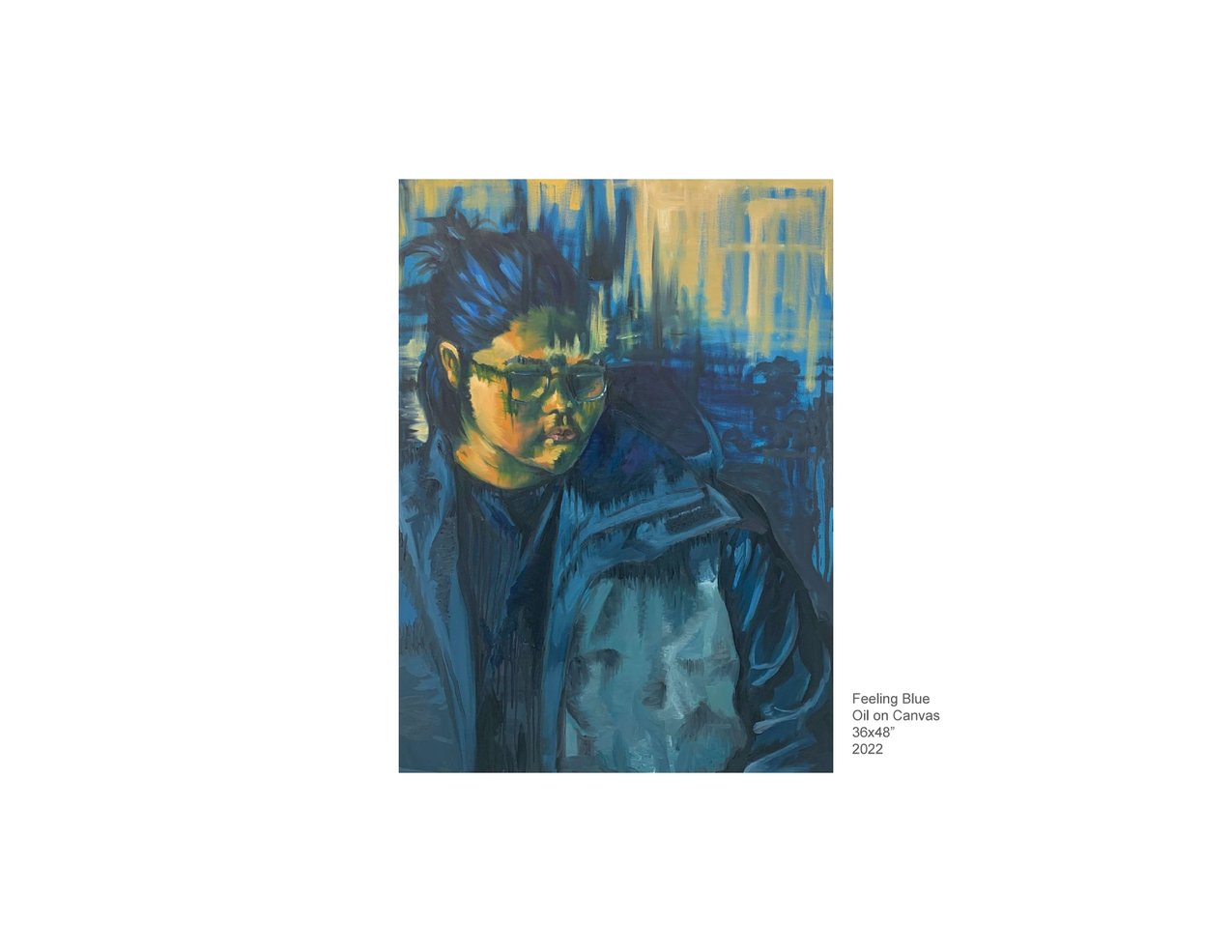
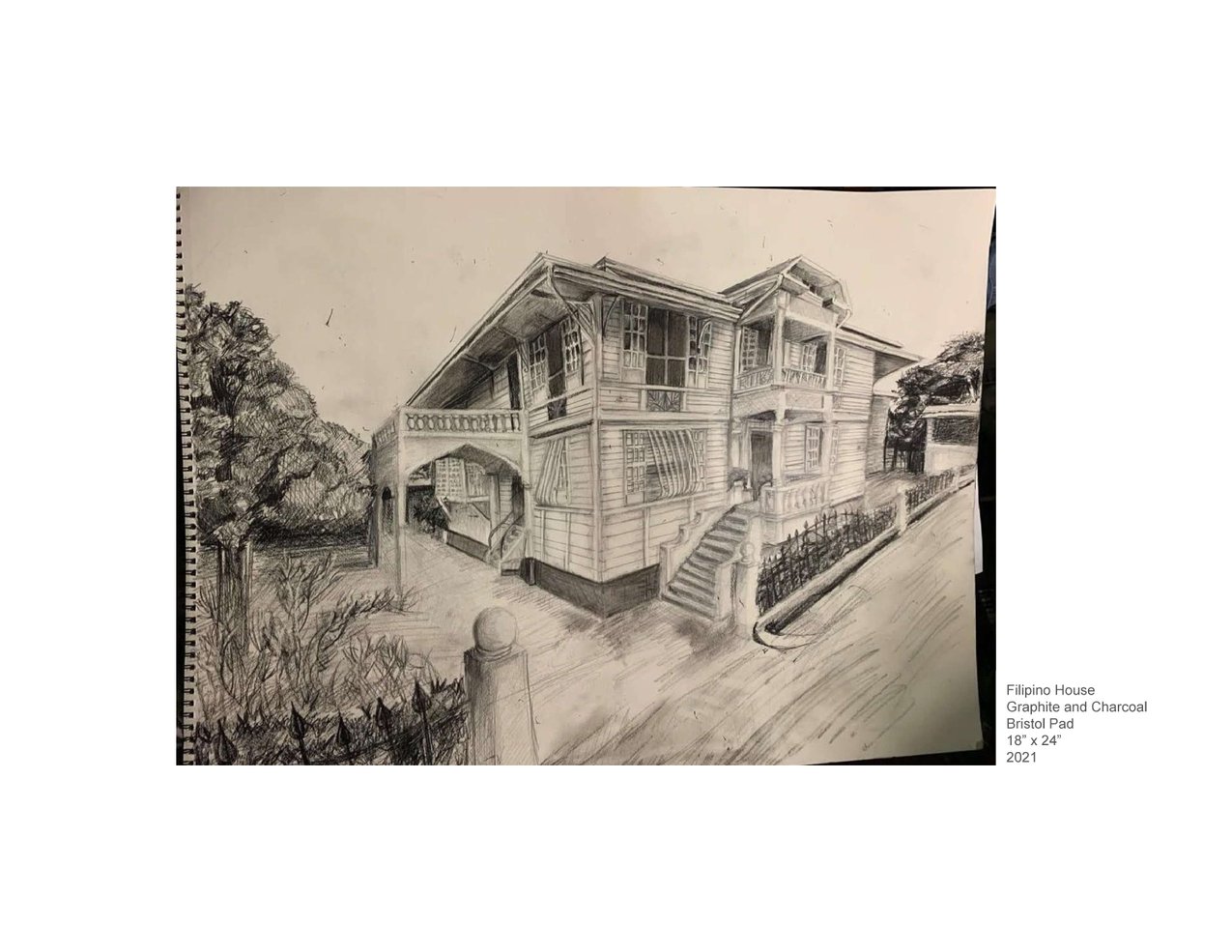
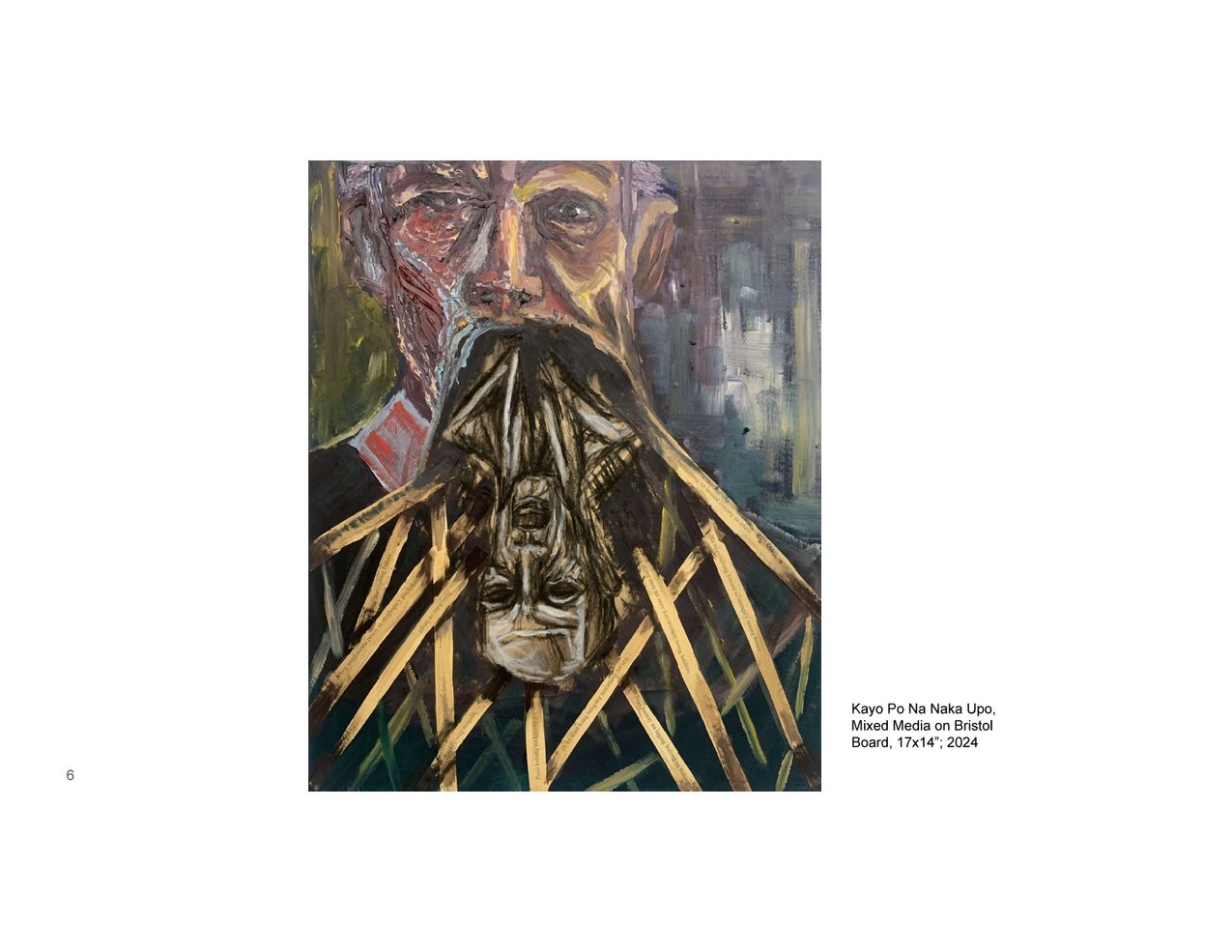
Filipino Cultural Influence
Keith Lapuz paints and brings Filipino culture to life through every brushstroke. His work carries the weight of heartful memories and the vibrancy of Filipino life, shaped by growing up in the Philippines, and later finding his artistic voice in the U.S.
While his early works showcase the wonders of the Philippines such as Boracay and Palawan, his recent pieces entail a more poetic and symbolic approach. “My works have now subtly ingrained my identity of being Filipino, its traditions, and symbolism into pieces in such a poetic and evocative manner,” he explains. The color palette he mainly uses is red, blue, and yellow– a direct tribute to the Philippine flag, while the warmth and intensity stains the proud and emotional texture of Filipino life. He gives recognition to other Filipino contemporary artists including Vicente Manansala, Marina Cruz, Rodel Tapaya, Carlos Francisco, and Benedicto Cabrera whose works influenced his direction of composition building, rendering, and colors.
Lapuz mainly uses mixed media and low-cost materials intentionally. He incorporates glue, scrap paper, and other everyday items as a paid tribute to being resourceful, one of the strong traits of being Filipino. By doing so, he showcases communities in the Philippines, such as Taguig and Metro Manila, where beauty can emerge from daily struggles. “It’s my way of showing respect and empathy,” he adds, acknowledging that despite his upbringing being relatively comfortable, he was never far from the realities of economic hardship that the Philippines faces.
Cultural embeddedness carried its own set of challenges. One of the main challenges of being a Filipino artist in an environment that primarily shines light on Western art, was not knowing his own art history. “I grew up in a household and a culture that did not put any emphasis or support toward the world of art; therefore I never had an interest in the topic… I felt like I was a few steps behind when it comes to talking about art history..”, he shares. In those times of self-doubt, he became motivated to take initiative to conduct his own research and expand his knowledge.
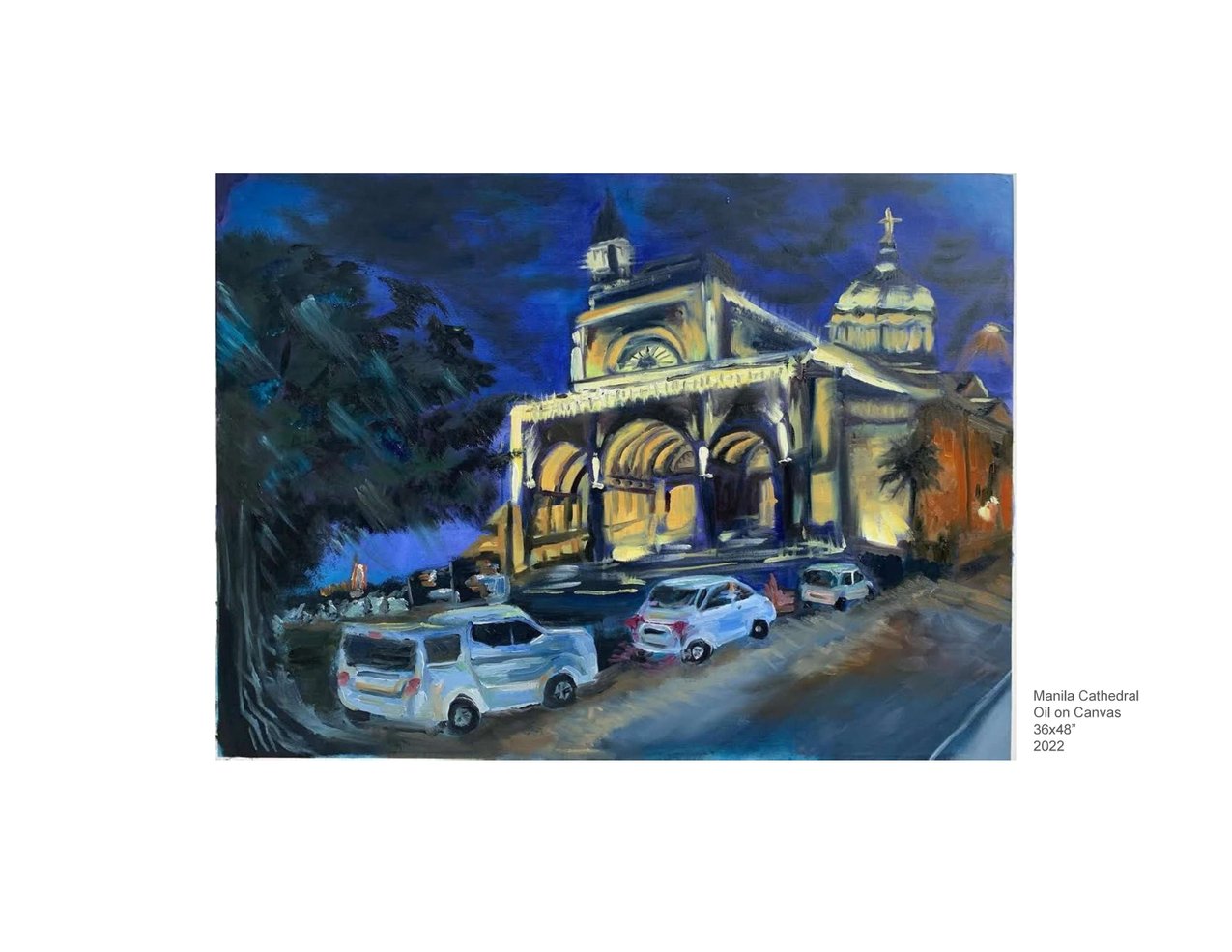
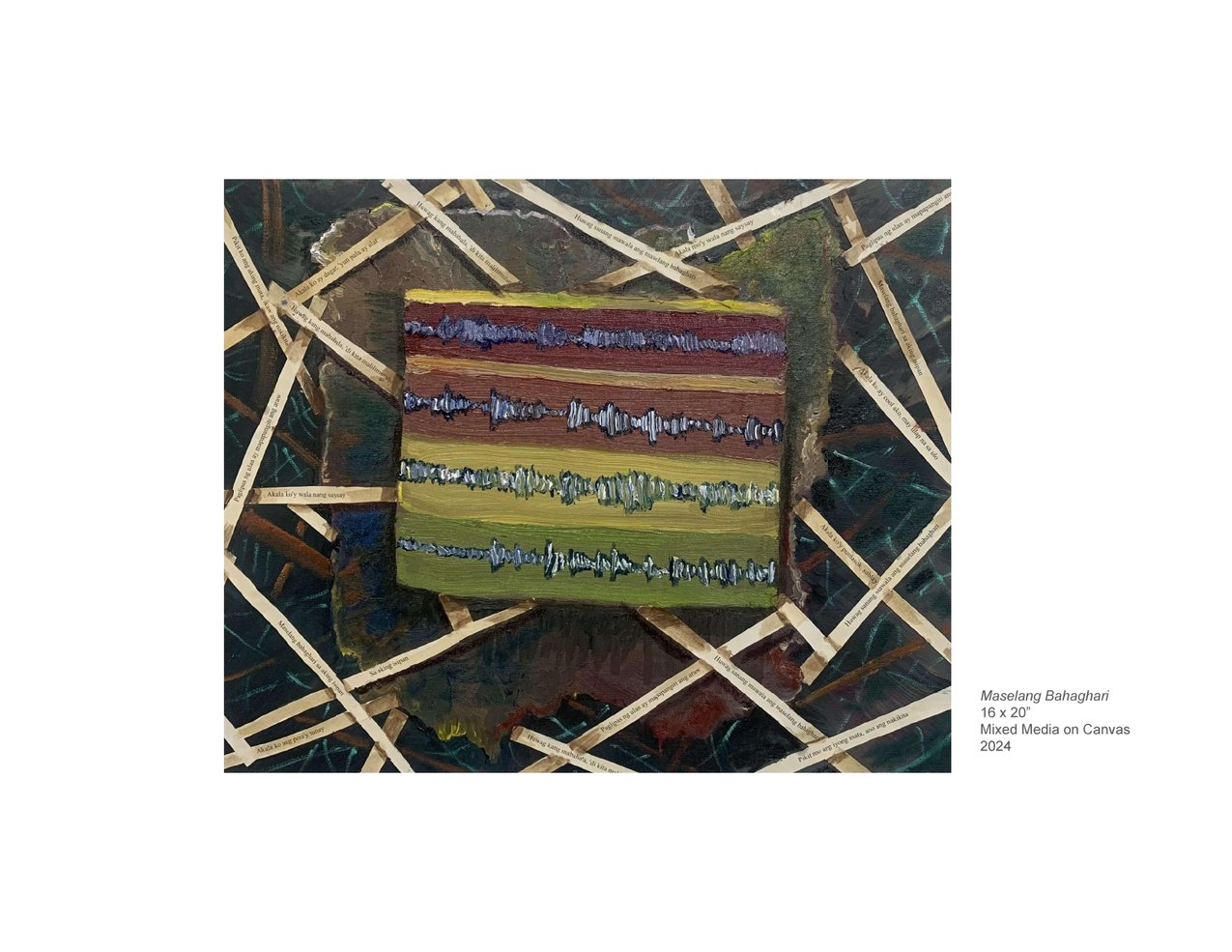
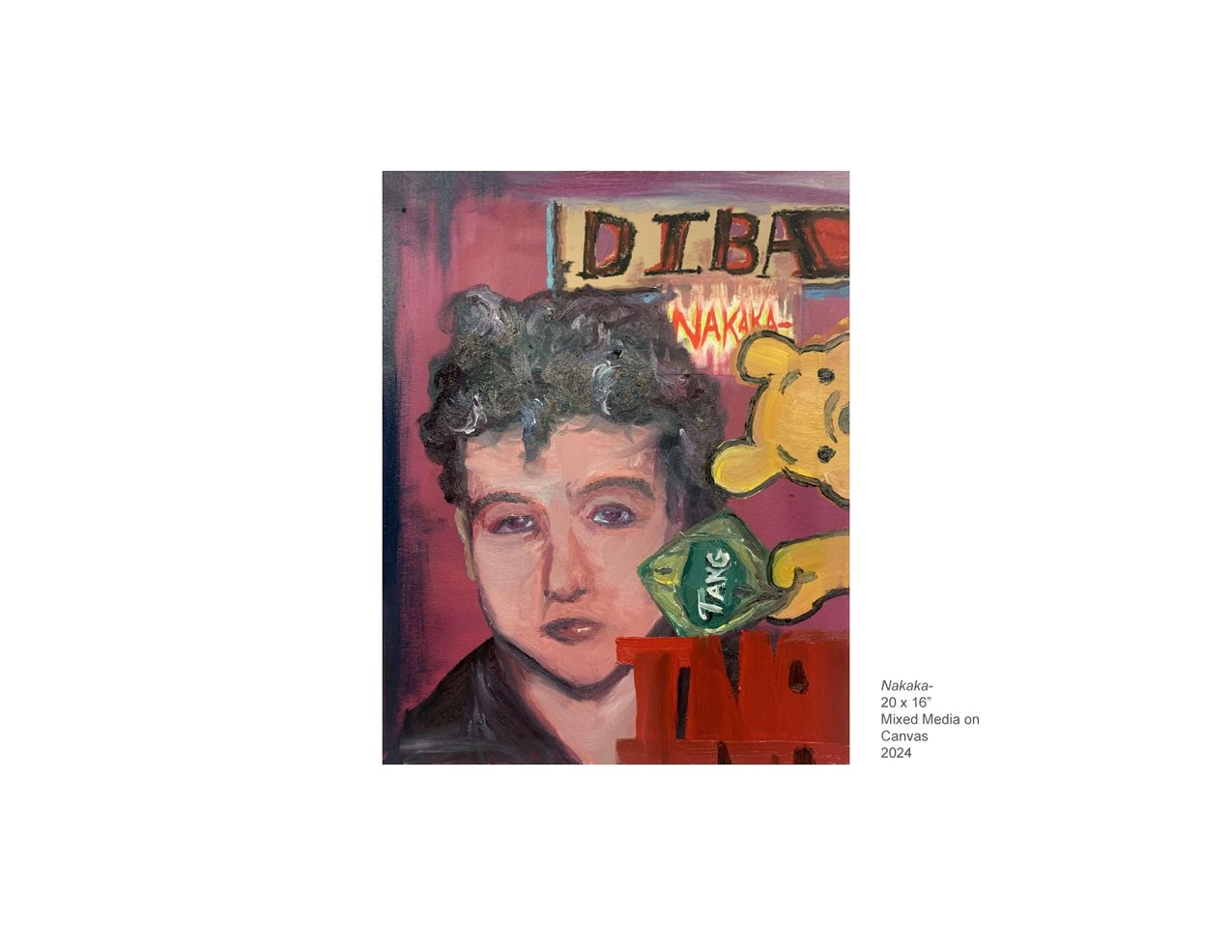
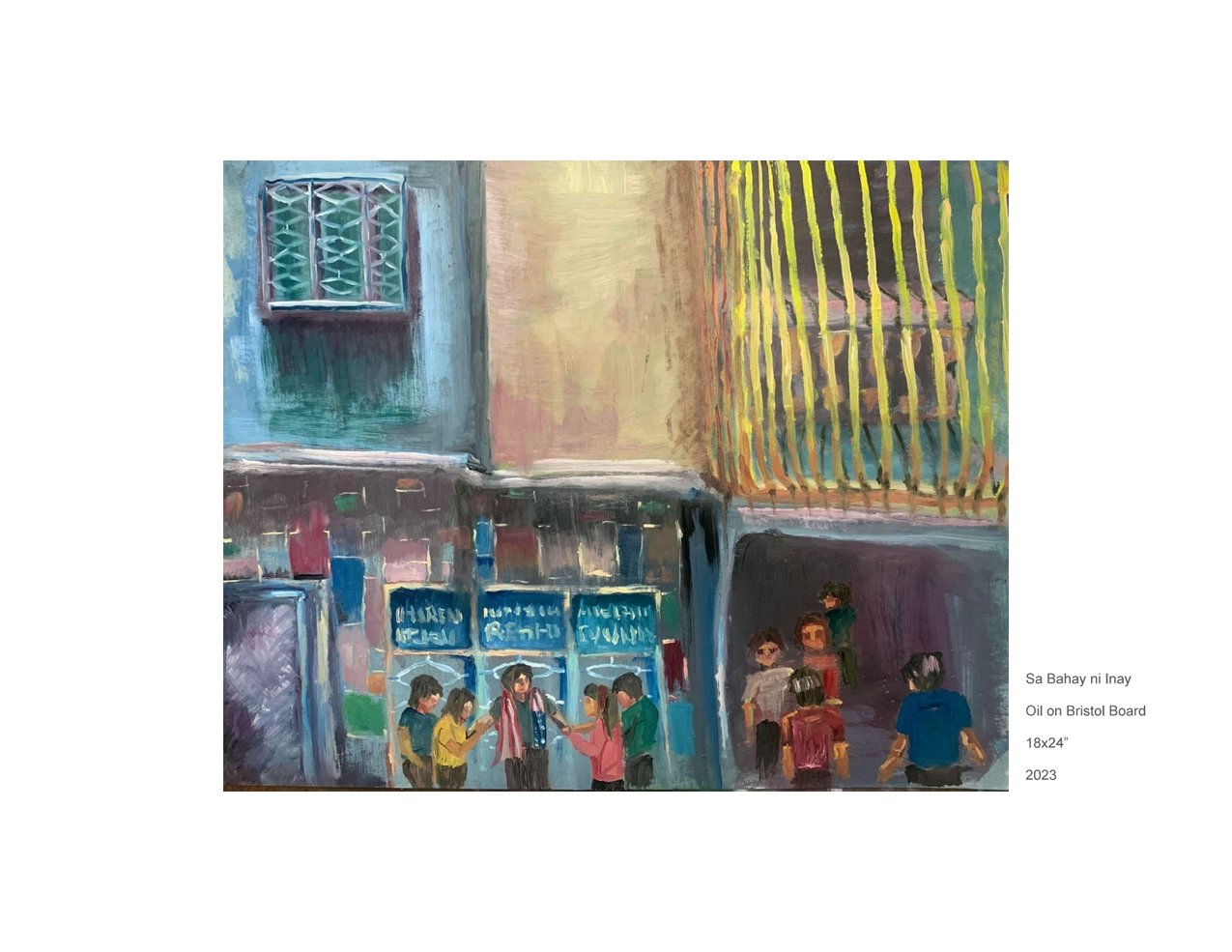
Exhibitions and Future Vision
Looking ahead, Lapuz pictures a path of continual experimentation with materials and understanding how new materials can compliment old techniques, allowing him to see how his concepts and methods form his philosophy in life.
When asked about the future of Filipino art, he envisions works with a strong sense of empathy and warm welcoming, reflecting the hospitality and warmth of the Filipino people. He also notes that the sarcasm and banters revealed in our contemporary pieces will continue to be present in the future of our art.
As an emerging artist in the contemporary world of art, Lapuz is making his presence known through his works, which symbolize the bridge between the richness of Filipino culture and his own Filipino-American identity. Through abstraction, cultural representation, and bold experimentation, he beautifully captures the intricacies of self-expression, comfort of community, and the complex nature of diaspora.
Through his own practice and the greater community of art, Lapuz hopes to continue producing work that touches the hearts of not just Filipinos, but with each individual open to immersing themself in the culture, complexity, and heartfelt expression. Although his journey still has a long way ahead, the sharpness of his vision reflects his high potential to be a powerful figure in the worldwide topic surrounding identity, culture, and contemporary expression.
Stay Connected with Keith’s works:
Instagram: @beefkeiff
Email: Lapuzkeithvonnelouise123@gmail.com


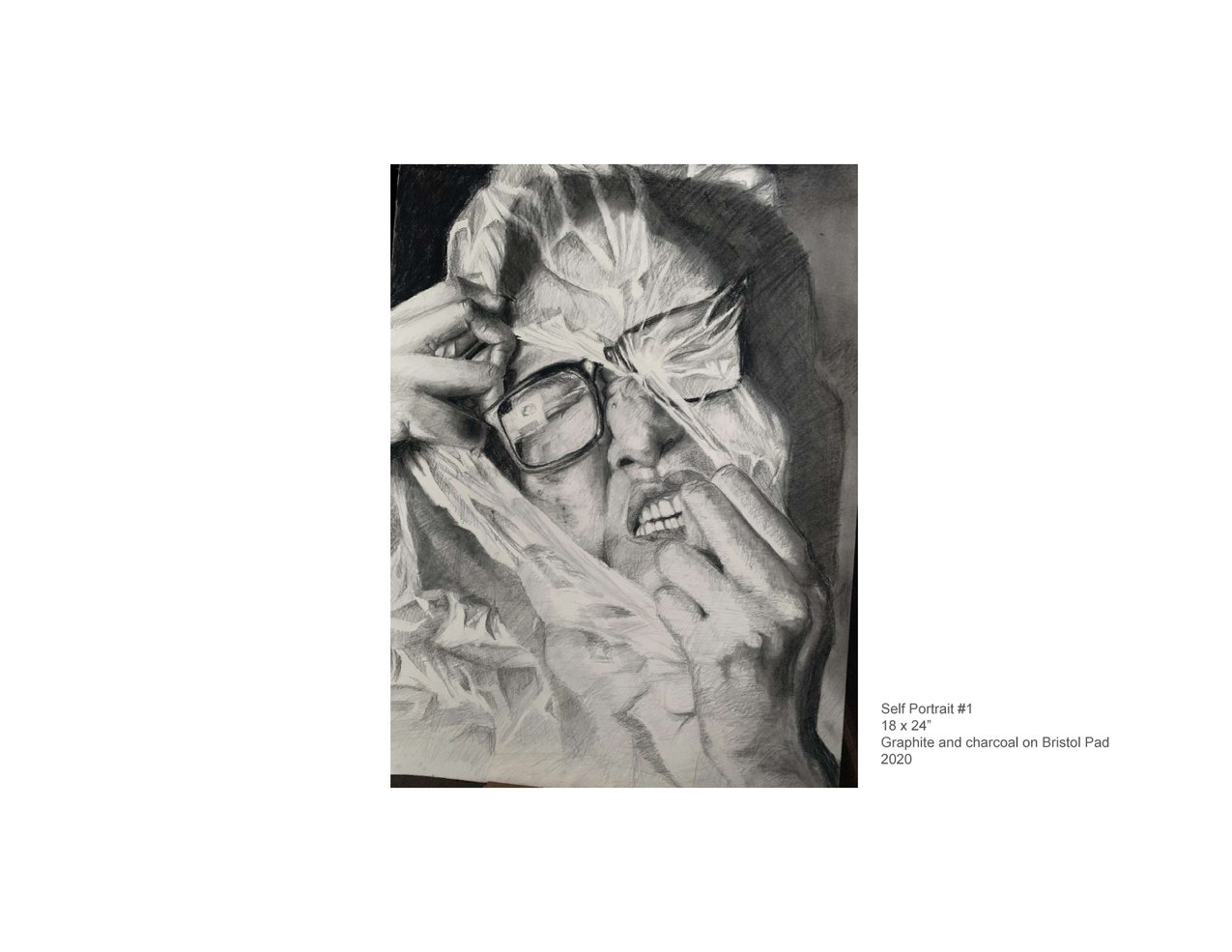






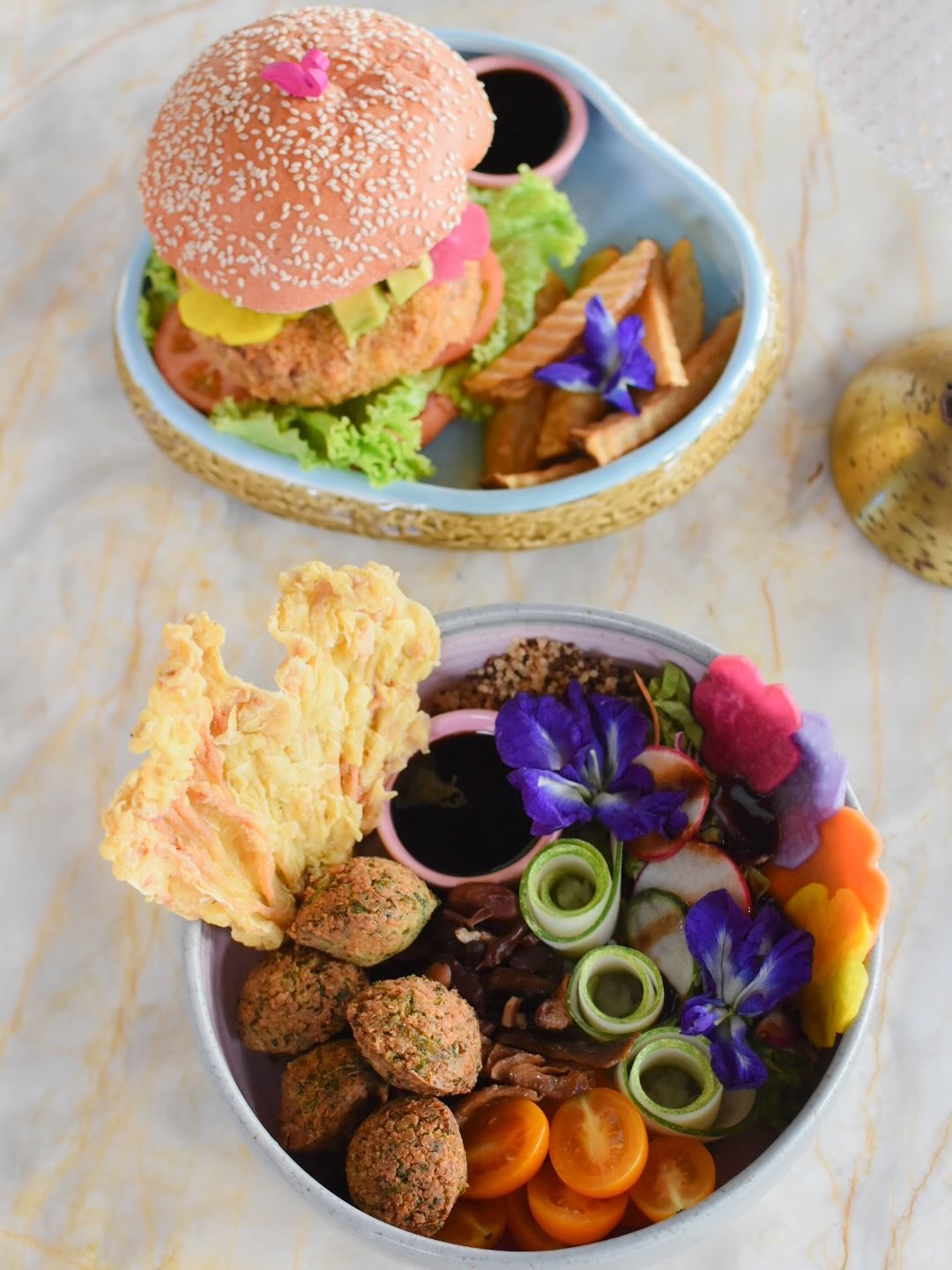






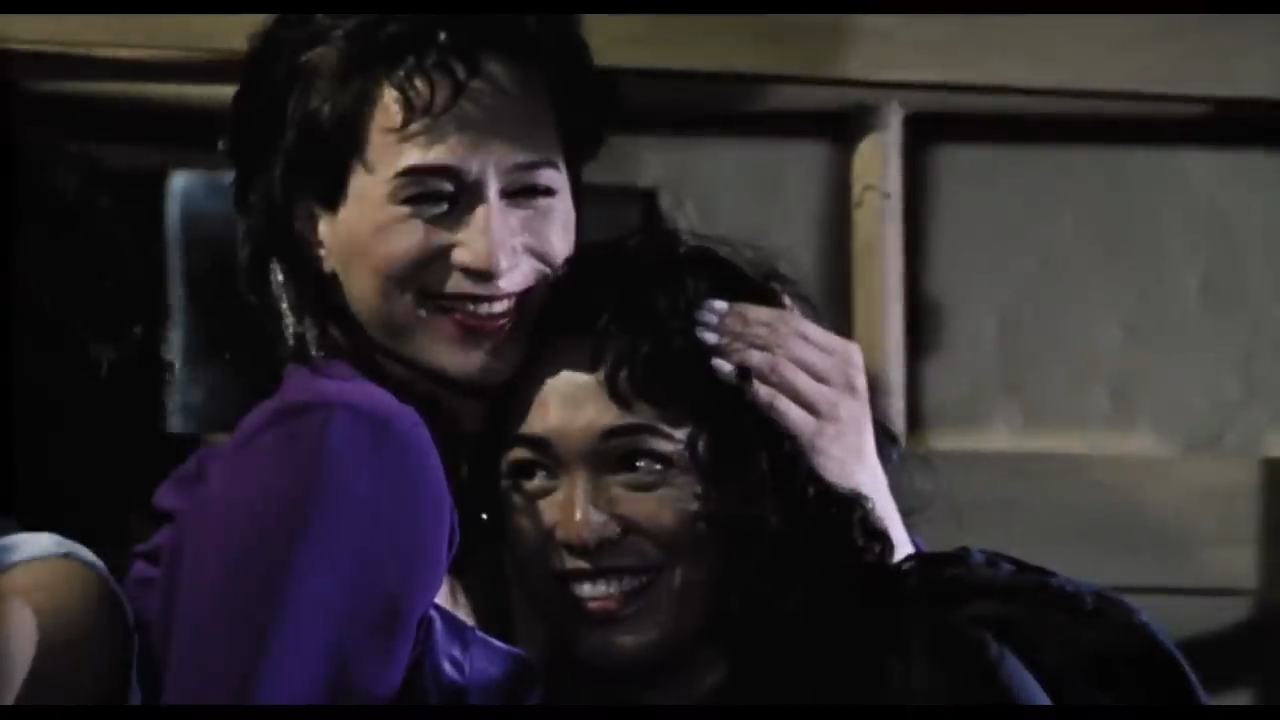







Learning Tagalog (Filipino) not only connects you to one of Southeast Asia’s most vibrant cultures—it also comes with real cognitive benefits. Here's a structured guide, ordered from the easiest to the most comprehensive methods.
Read More